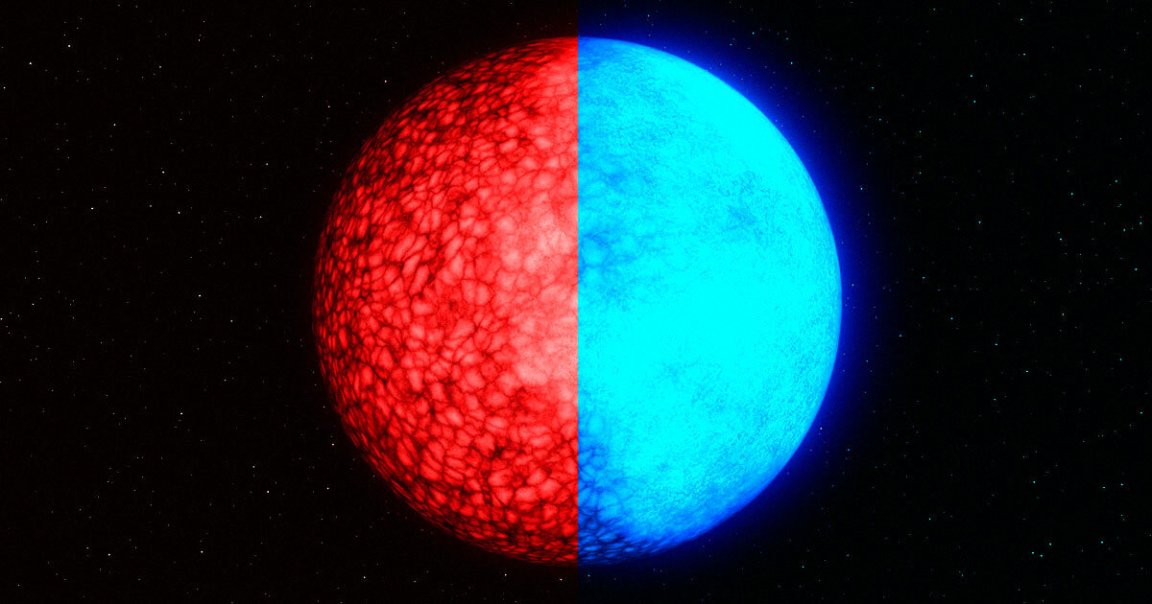
Janus-Faced
In a first-of-its-kind discovery, astronomers have spotted what appears to be a white dwarf star with two faces, meaning it has a different appearance on each hemisphere.
According to a resulting study about the finding newly published in the journal Nature, one side of the star is made of hydrogen, and the other helium, each emanating distinct light signatures. They’ve aptly nicknamed it Janus, after the Roman god of transitions and doorways.
“The surface of the white dwarf completely changes from one side to the other,” said lead author Ilaria Caiazzo, an astrophysicist at the California Institute of Technology, in a statement. “When I show the observations to people, they are blown away.”
Split Decision
White dwarfs are essentially the corpses of burnt-out stars that were originally around the size of our Sun. Before downsizing, these stars expand into bloated red giants over billions of years, eventually sloughing off their exterior and leaving behind a dense, white-hot core.
This white dwarf was first spotted using the Zwicky Transient Facility, a night sky-scanning instrument at Caltech’s Palomar Observatory, while searching for highly magnetized stars of its kind. What initially made it stand out to the researchers was its rapid swings in brightness.
Follow up observations of Janus only piled on more confounding details. First was that it was rotating 15 times per minute. Then, with observations made from the WM Keck Observatory in Hawaii, they found that the white dwarf looked different on each half.
Finally a spectrometer, which examines the wavelengths of light emanated from cosmic objects to uncover their composition, revealed the evenly split helium-hydrogen dichotomy.
Side Remarks
A definitive cause is unknown, but the researchers have some compelling theories. Their best guess is that the white dwarf is undergoing a seldom-witnessed phase of its evolution.
“Not all, but some white dwarfs transition from being hydrogen- to helium-dominated on their surface,” Caiazzo said. “We might have possibly caught one such white dwarf in the act.”
Typically, the gravity of a healthily hot white dwarf will draw the heavier helium into its core, while the lighter hydrogen will drift to the surface, forming distinct layers. But when a star cools, this hierarchy falls apart as the elements intermingle, changing the star’s appearance and composition.
This should be happening more or less evenly across the entire star, not just one half. For this, Caiazzo purports that asymmetric magnetic fields could be responsible.
“Magnetic fields can prevent the mixing of materials,” Caiazzo explained. “So, if the magnetic field is stronger on one side, then that side would have less mixing and thus more hydrogen.”
More on stars: Scientists Discover Star Cooler Than Cigarette Lighter Flame